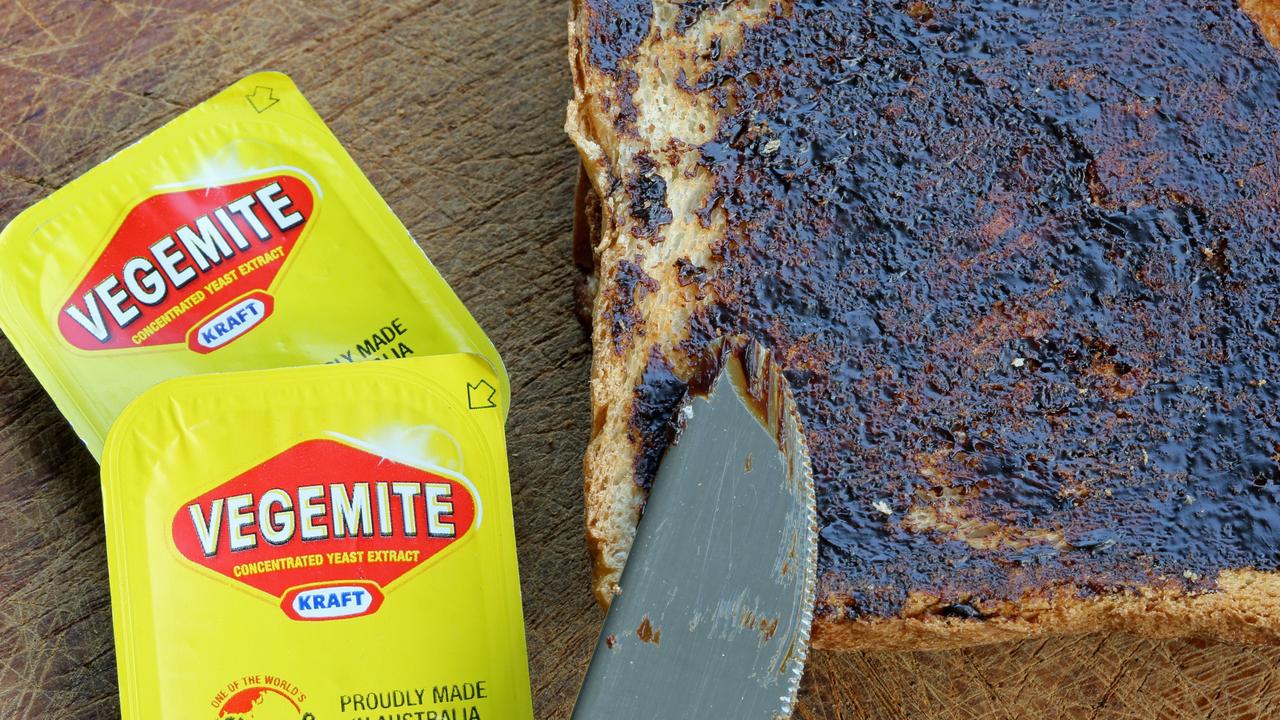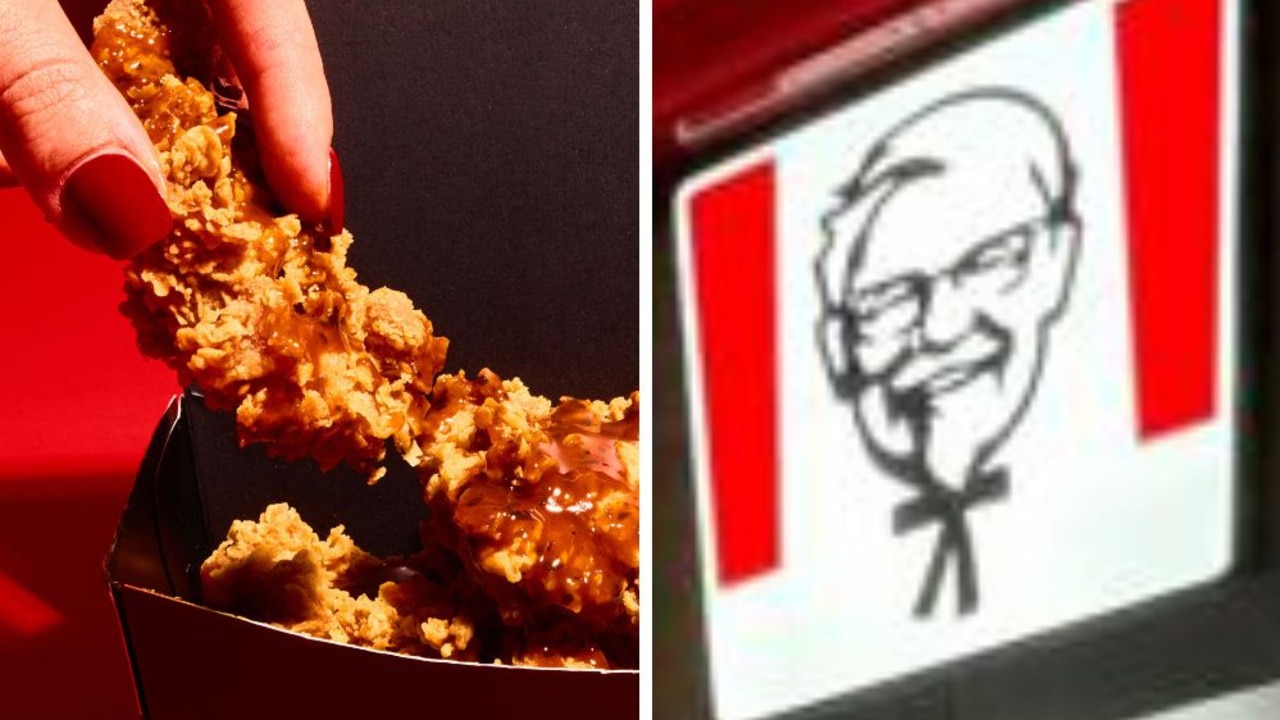Australians divided over country’s ‘national dish’
A deceptively simple question has exposed a glaring divide among Aussies, with a one per cent difference separating what has been branded our “national dish”.

A deceptively simple question has exposed a major divide among Australians, with a survey revealing the big thing people still can’t agree on in 2025.
If you ask a group of Aussies to list some quintessentially Australian foods, the answers will likely be pretty similar: a bit of vegemite on toast for breakfast, a sausage sizzle during a weekend Bunnings trip, a meat pie for an on-the-go lunch and maybe a roast lamb on Sunday evening to round it all out.
But, the issue arises when you ask people to choose which of those iconic staples should be awarded the title of Australia’s national dish.
This is exactly what news.com.au did ahead of the launch of The Great Aussie Debate - a new survey that will reveal what Australians really think about all the hot topics of 2025, from the lighthearted to the serious.
Have your say in The Great Aussie Debate. Take the survey here:
Despite almost 2000 Australians being asked to vote which food deserved the prestigious title of Australia’s “national dish”, we were unable to get a definitive answer, with two staples vying for the top spot.
Of those surveyed, 24 per cent believe the meat pie is our national dish. However, the bakery classic only just managed to beat out the humble vegemite on toast, with 23 per cent of people choosing this option.
With just one percentage point between the two, it is clear this isn’t something Aussies are going to be able to agree on easily.

Notably, women were six per cent more likely to consider Vegemite on toast Australia’s national dish, while males favoured roast lamb, which ranked third overall as 18 per cent of respondents chose this option.
Coming in at spot four was a sausage sizzle, with 16 per cent, followed by a pavlova at 8 per cent.
Next up was a chicken parmy (or parma depending on you preference), with 7 per cent choosing this as their top option, followed by 3 per cent of people chose fish as chips.
The top three weren’t high on millennial and Gen Z’s lists, with the former preferring a sausage sizzle and the latter more likely to lean towards the chicken pub classic.

Jan O’Connell, author of A Timeline of Australian Food: From Mutton to MasterChef, told news.com.au her top contenders would have to agree with the majority.
“It would have to be a meat pie or Vegemite on toast. They’re both essentially invented here, even if they’re inspired by English products,” she said.
“I would have opted for the pie, personally. A few of the other options I see as more English than Australia, like fish and chips or the parmy/parma. I don’t see them as contenders at all.”
Regarding the people’s choice, O’Connell said that the classic meat pie’s British roots are one thing, but it’s how Australians eat the pie that makes all the difference.
“English don’t generally have a hand held meat pie like we do. When you get a meat pie in UK, it’s generally a larger pie served on a plate,” she said.
“For Australians, it’s the way we handle it, that’s what makes it unique. The skill of having to eat a hot meat pie in one hand at the football is a very Australian skill.”

Though, she added, what a national dish could look like is changing due to commercial disruption of the food industry.
“We may still see the meat pie named as the most quintessential Australian dish for a while, but I don’t think as many meat pies will be eaten in years, given the diversity of fast food available to us,” she said.
As well as the integration of “First Nations ingredients”, the diversity of Australian food influences driven by multiculturalism is another factor to consider when deciding on a “national dish”, according to O’Connell.
“The evolutionary process of Australian food is constant. A few years ago, spaghetti bolognese was probably in the top three most cooked dishes in Australian households, an influence which dates back to the mid-last-century,” she said.
“It’s an example of how things that were once more or less unknown become integrated into our every day cuisine.”





